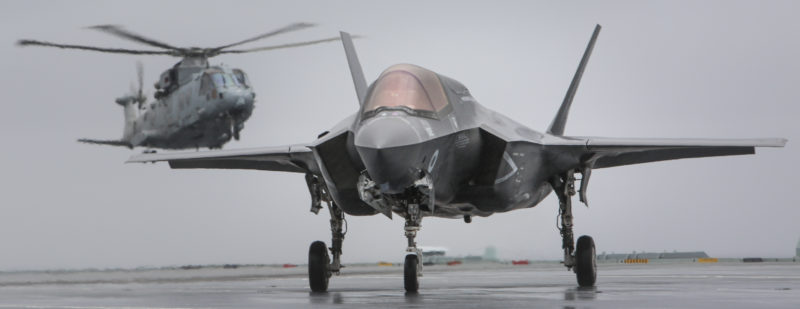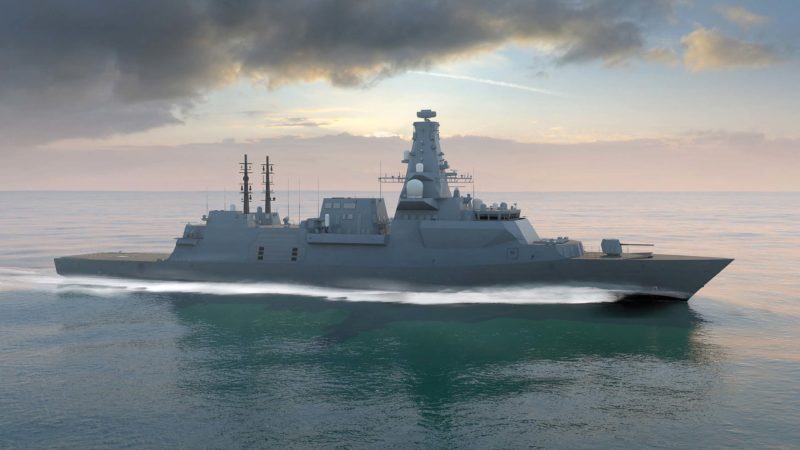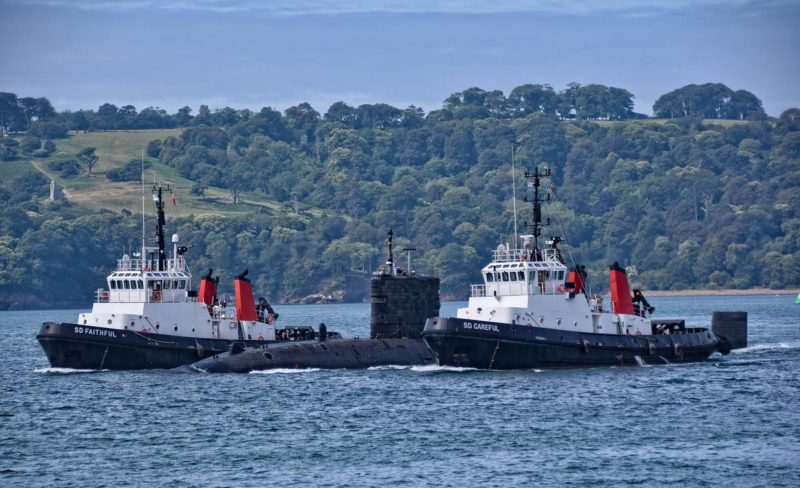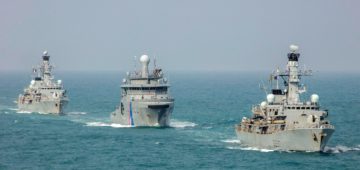
We are at the time of writing waiting to learn the results of what the UK Government, with typical hyperbole, has described as the most profound review of Defence and Security since 1945. Given similar claims for earlier reviews during the Cold War, and most recently in 2010, this must mean that Prime Minister Boris Johnson’s review – to borrow his idiom – is going to be ‘world-beating’ (which usually means the opposite).
Whether the review will actually address the threats presented by an expansionist China, an irredentist Russia, nuclear proliferation, mass migration, climate-change etc will be revealed (it was being suggested) this month (or the beginning of November).
However, it has this week emerged that the review is possibly to be delayed. The Treasury is reportedly only permitting a 12-month allocation of funds – including for Defence – due to uncertainty caused by the pandemic’s impact on public finances.
Perhaps, before revealing the results of defence review – whatever shape it takes – the UK Government will take time to reflect upon its own (far from ideal) overall performance during the COVID-19 pandemic. It could seek to reassure us that, by contrast, it has a logical strategy for dealing with the geopolitical hell that is to come?
After all, the first duty of the UK Government is the security of the realm. It must ensure that there is the hard and soft power available, properly trained and equipped, and backed by adequate stocks and manufacturing capacity, plus underpinned by international treaties of defence and trade.
Key to dealing with threats is identifying their likelihood, effect and consequences and making plans accordingly. The pandemic has (so far) not been as dreadful as it was feared at the beginning of the year, but the UK Government has been poorly prepared, its response chaotic and reactionary.
This should be a wake-up call, when it comes to Defence. If the UK’s political leaders perform this poorly in a pandemic how badly might they react in a hot conflict when the threat could well be existential? Odin feels little, if any, confidence in the current UK Government showing bold, decisive leadership in time of war.
One theme that seems to be emerging during the rambling process of the so-called Integrated Review of Defence and Security (IRDS) is a focus on asymmetric warfare and the use of drones. It’s become trendy to argue that conventional kinetic force – boots on the ground, ships at sea etc – is no longer necessary.

Technology, in the shape of Cyber and drones has supposedly changed the nature of warfare, so why would we need such old-fashioned means of waging war or offering deterrent to prevent it? This is something that has, amazingly, not occurred to either allies or potential foes of the UK! They are investing big time in hard power like warships, tanks and jets…along with cyber capabilities, A.I. and ‘space’.

The UK Armed Forces must actually be prepared for war and contingencies across the spectrum, no matter what the ‘weirdos and misfits’ of P.M. advisor-in-chief Dominic Cummings’ team think. They are allegedly deeply embedded in the defence review and shaping its direction in unconventional ways.
By the way, should the review turn out as feared, Odin does hope that the same ‘weirdos and misfits’ will in any future war volunteer to see action at sea, in the air and/or on land, as the very capabilities they ensured the UK discards are used by enemies to eviscerate its fighting forces. That would be real leadership and the kind of personal sacrifice we could admire.
Sarcasm aside, it’s worth remembering that technological change in war is not new and, in general, new technology serves to enhance the brutality of war and humans still get killed, sometimes in large numbers (both civilians and combatants).
Today asymmetric warfare has morphed into hybrid warfare – the latter embodying Russia’s putative Gerasimov doctrine – combining military, technological, information, diplomatic, economic, cultural and Cyber capabilities, in order to achieve tactical and strategic goals. However, the main weapons of war have remained constant and stand ready to be unsheathed.
Dominic Cummings seems particularly enamoured of drones, but they do not deter people who choose to fight with technologically simple weapons, nor are they – in their current, immature form as weapons platforms – much use against high-end sensors and fire power.
By the time you have constructed, say, an Unmanned Undersea Vehicle (UUV) capable of carrying and launching a weapon powerful enough to sink an aircraft carrier or damage an enemy’s sea trade, you may as well have constructed another nuclear-powered attack submarine (SSN). Britain already has them, and could do with more. They carry a whole host of ‘drones’, namely wire-guided/homing torpedoes and land-attack cruise missiles.

Besides, when humans are removed entirely from the equation in war – along with the need to make decisions based on moral judgment at the scene of combat – we move that bit closer to the horrific future world depicted in the Terminator movies, where remorseless drones seek to eradicate humankind as an end in itself.
It is a terrible truth that new forms of warfare, including drones, will supplement current forms of capability – not least aboard UK’s new strike carriers, with F-35B jets controlling them in the air – but to discard whole current capabilities would only encourage potential foes to regard the UK as weak and make it an even bigger target.
They will ruthlessly exploit such holes in UK Defence. There is a high price to pay for maintaining existing armed forces’ capabilities, but the cost of not maintaining, or enhancing, them is likely to be far greater.
During a meeting of the Atlantic Future Forum aboard the aircraft carrier HMS Queen Elizabeth in Portsmouth, UK Secretary of State for Defence Ben Wallace warned that the UK’s “adversaries will not halt” their own activities and that “the UK’s defence can never be paused in the face of financial uncertainty.”
Mr Wallace was spot on with that analysis. However, if a more limited review of Defence (and its spending priorities) means the radicals driving forward a process of discarding vital hard power capabilities are – for the time being – frustrated in their unwise plans, it could well turn out to be a blessing. For the greatest adversaries to the successful defence of the UK could be the wrecking crew of Dominic Cummings, whose youngsters would do well to recall wise words from a distinguished figure of the past.

Odin recalls when the Permanent Secretary at the Ministry of Defence was also a highly respected defence strategist. That great man, Sir Michael Quinlan, once sagely observed: “In matters of military contingency, the expected, precisely because it is expected, is not to be expected … What we expect we plan and provide for; what we plan and provide for, we thereby deter; what we deter does not happen. What does happen is what we did not deter, because we did not plan and provide for it, because we did not expect it.”
-
This is an edited version of the Odin’s Eye commentary published in the November 2020 edition of WARSHIPS IFR.






Comments
Sorry, comments are closed for this item